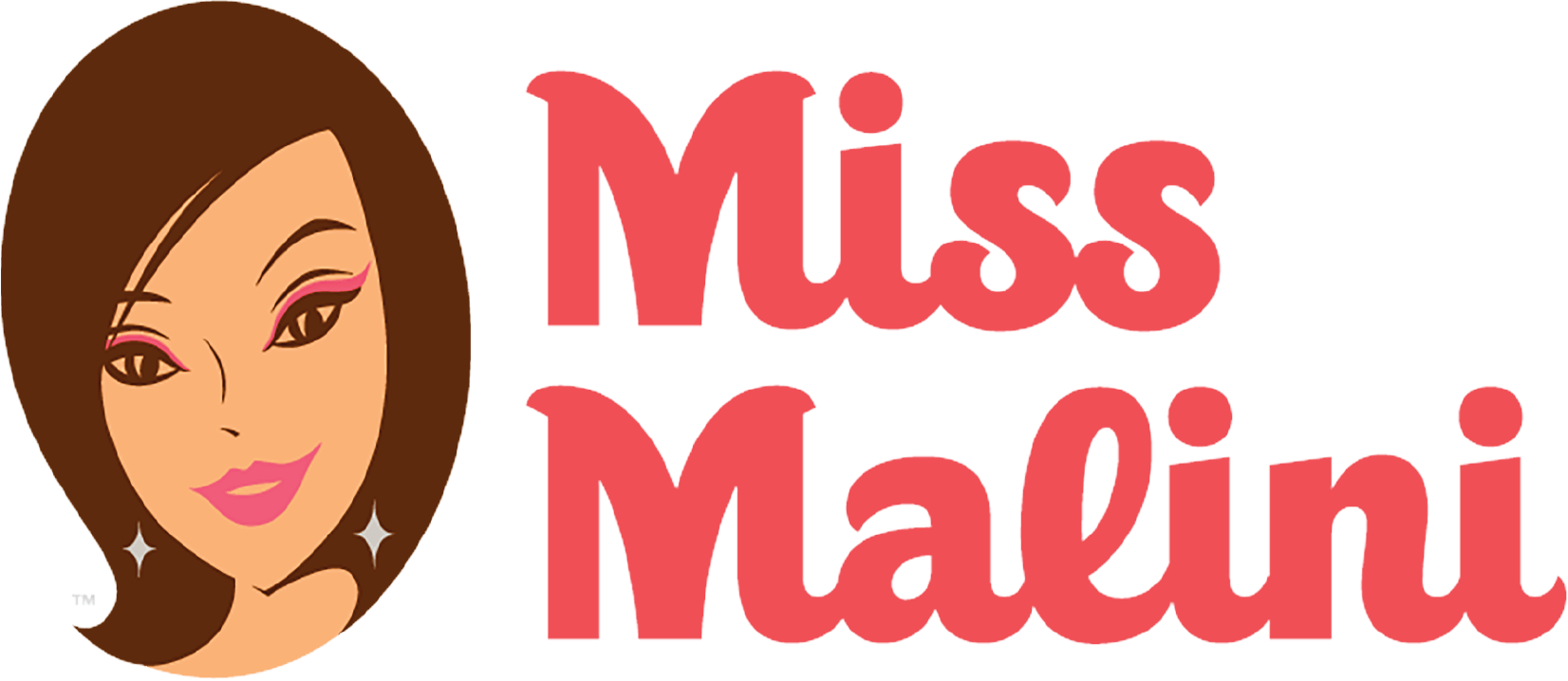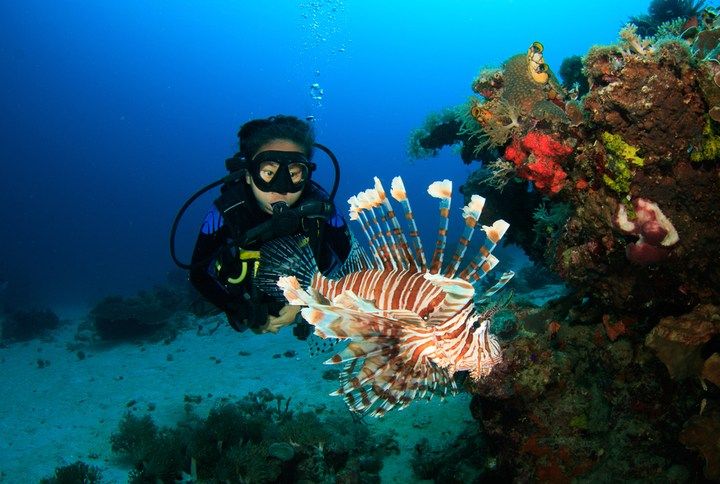Documenting wildlife has been a male dominated area for as long as we can remember. Trekking through forestland, walking in muddy waters and camping out in the wild for months has always been perceived to not be “a woman’s cup of tea”. However, this patriarchal narrative is changing as women are being recognised in wildlife filmmaking, photography and also conservation. Since today Wildlife Conservation Day, we thought we should highlight the women who champion this cause through their films and photographs.
Wildlife Is A Man’s World – On and Off Screen
Dr. Nandini Velho, Wildlife Researcher and Biologist says,
There are barriers to everyday practise that women have to internalise – from real anxieties about sexual and workplace harassment to what Rega Jha articulates as ‘no male privilege’ to wander unguarded yet having to unlearn anxieties of feeling threatened.
Multiple women working in wildlife have faced issues with sexism. Their research is not taken seriously, sometimes it is tampered with, their ideas aren’t heard, they’re not given important assignments and they constantly feel looked down upon. Wildlife has always been recognized as a man’s domain, off screen and on.
When we think of women being a part of a show on Discovery or National Geographic, most of us imagine bikini clad women with the perfect tans, documenting luxury experiences and exploring Instagram worthy locations. We never imagine them knee deep in grasslands, photographing lions at a dangerous proximity. Wildlife was thought of as a “man’s world” filled with their tall frames and brute strength. But over the years, women have entered it, like Munmun Dhalaria. She is an independent filmmaker who is a National Geographic Explorer and the recipient of the National Geographic Journalism Fund. She has worked on multiple film projects like On The Brink, which is a 10 part series that highlighted the need for conserving critical habitats and extremely vulnerable species like the gharial and Indian wolf.
Similarly, 23-year-old TV-presenter and wildlife filmmaker, Malaika Vaz talks about illegal animal trade and endangered species through her shows on National Geographic, Discovery and Animal Planet. She says,
I film a lot undercover and for wildlife trade investigations in India and internationally – and being 23 and a female filmmaker allows me to get access into dangerous places and difficult stories that my male colleagues struggle with a bit more. And from what I’ve seen from some of my amazing teammates who happen to be women – we are gritty in the toughest of circumstances in the wild!
Redefining “Toughness”
Whether it’s photographer and marine zoologist Tasneem Khan deep diving in dangerous oceans or marine biologist and wildlife filmmaker Pooja Rathod trudging through India’s most challenging habitats, women are redefining “toughness”. They’re becoming thick skinned and doing remarkable things to document and conserve wildlife. They can’t stand and pee, they get their periods, they look after their menstrual hygiene and are pushing themselves to their physical limits to do what they love. They prove that it is hard being a woman in wildlife, but not impossible.
Dhalaria says,
Female identifying filmmakers in India are a formidable tribe of people who (along with a few very supportive male allies) are changing the course of wildlife filmmaking. The more diversity the storytellers, the better we will be able to serve a wide range of topics, landscapes and environmental perspectives
Motherhood, Hormones and Emotions
In an interview with Sanctuary Nature Foundation, Arati Kumar Rao, a widely published wildlife photographer, writer and recipient of the National Geographic Explorer grant said,
I know some women who are such good photographers, they could be professionals. They just won’t do it. They say, ‘But I have a child.’ There is a burden of guilt we carry around and we really don’t have to. I have a daughter too and my husband and I take turns. There can be freedom but some women still remain shackled.
It is a popular notion that women cannot multitask when it comes to motherhood, making balancing a career in wildlife with managing a household impossible. But this narrative is false and fortunately now it is slowly changing.
Lack Of Representation
When it comes to science, politics, business and many other fields, women are at the front (BRB, doing a mini pride dance), but rarely so wildlife. Most of us can’t name even one woman who has made her mark in this field, not because they don’t exist, but because they are not represented. Conservation filmmaker, Gunjan Menon is the founder of Beyond Premiers, a platform that encourages filmmakers to make an impact and raise awareness for wildlife through their art. She also directed The Firefox Guardian, a documentary on the endangered Red Panda, who is on the brink of extinction. She says,
Production houses have been making excuses since a long time about not being able to find women working in the field or claiming that the world is too harsh for us out there so now there’s a global directory called ‘Her Wild Vision’ which I’m also privileged to be a member of, which is a database of wonderful female identifying wildlife filmmakers and photographers from all around the world. No more excuses!
The Beneficial Feminine Edge
Rathod says
I feel women have the patience and compassion needed to fuel conservation. Not sure I can say, men don’t. But women surely do much more.
Menon says,
Since ages, both nature and women have been exploited in the male dominated society. As female identifying filmmakers, I feel we bring balance and authenticity to the way stories are told. She advocates preserving wildlife through her work. Through my work, I have been able to start a dialogue on eco-feminism and the relationship between women on the front-lines of conservation and their relationship with wildlife.
Vaz says,
I think being a woman allows me to connect and empathise more with the communities I interview. It’s incredible to see how in the last decade, the representation of women in my industry has increased substantially. I believe that it’s a great time to be a young women telling stories from the wild, and as we’ve seen – our voices and stories can have a significant impact collectively!
In our society photography and filmmaking aren’t considered as “real” jobs by many, let alone a job for a woman. But this did not stop them. Wildlife conservation is more important than ever, especially in our current times. The world is burning (literally) and the pace at which we are destroying habitats, ecosystems and wildlife is shocking. We hope these women serve as inspirations for all of us to make a conscious effort to protect and preserve our glorious Indian wildlife.
What are your views on women working for the conservation of wildlife? Share it with us in the comments below!
Join Malini’s Girl Tribe on Facebook and Instagram to be a part of more fun conversations!

